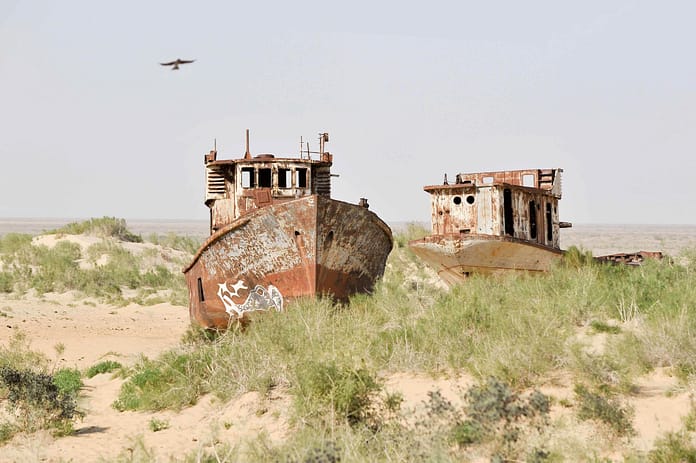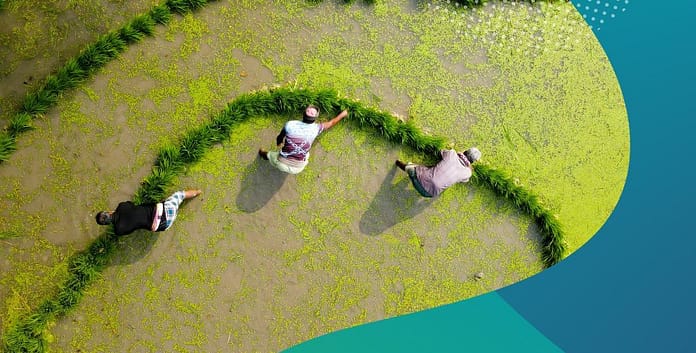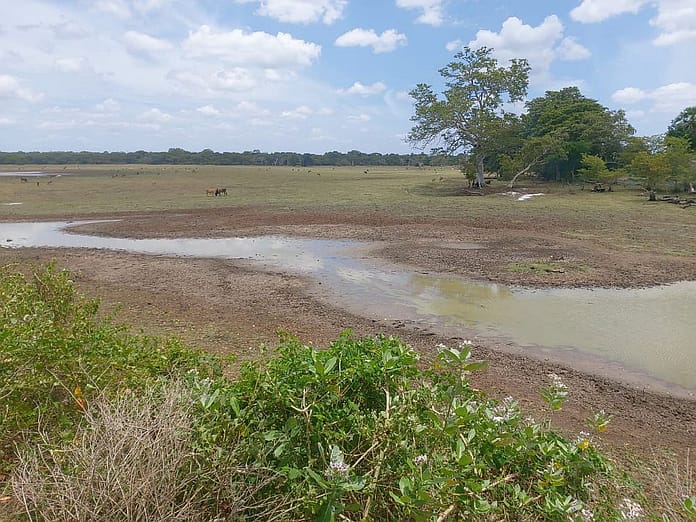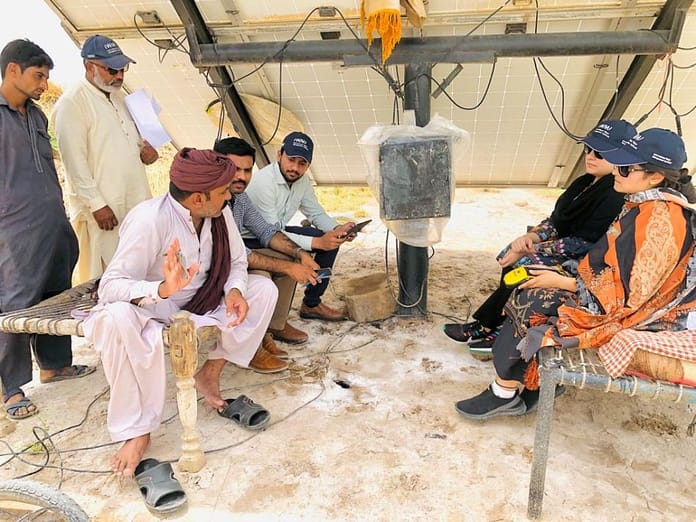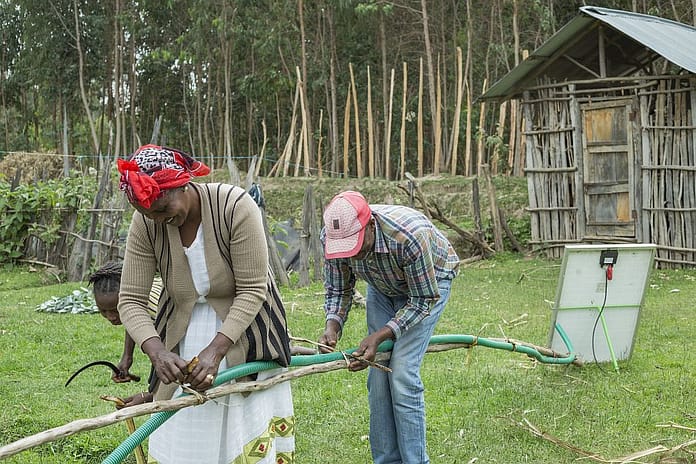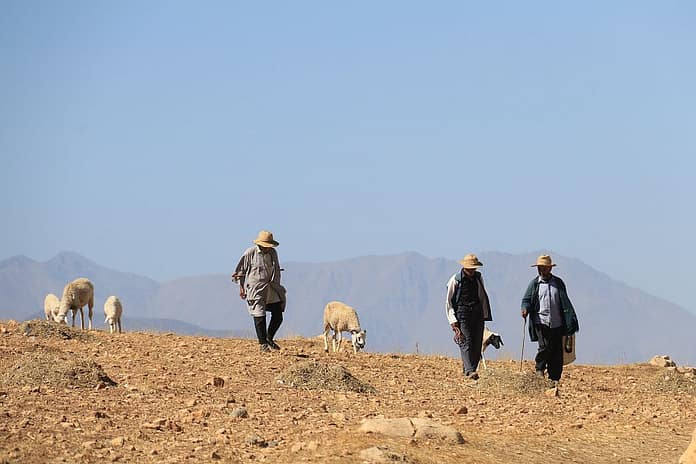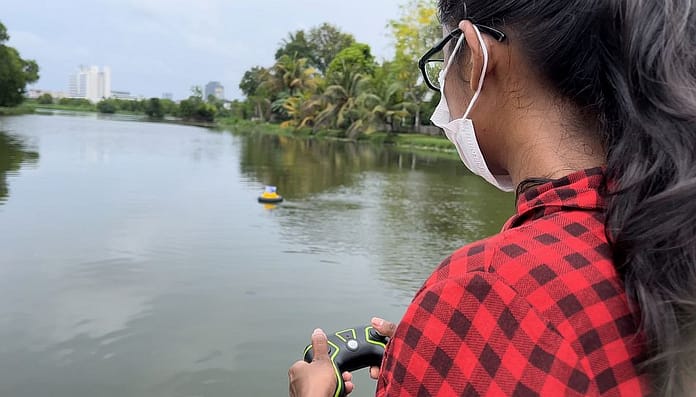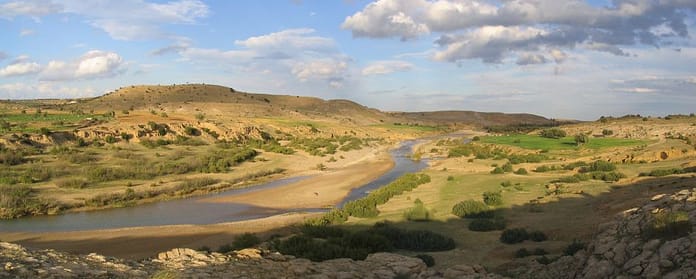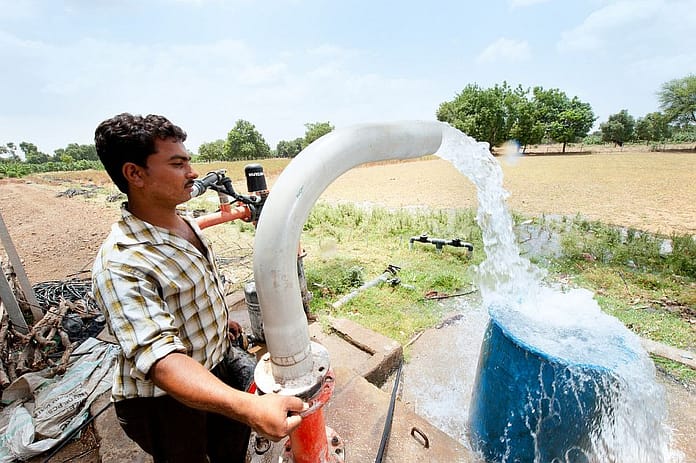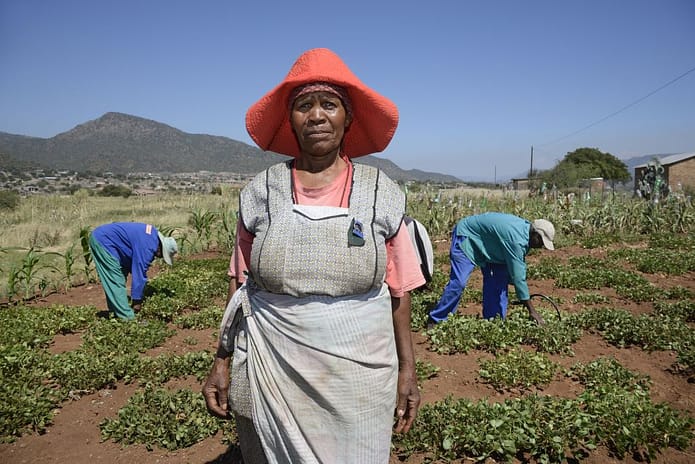As the proceedings at COP26 are making abundantly clear, water and climate are inextricably linked across the entire world.
After all, it is largely through water that most people will experience climate change for the first time, whether it assumes the form of unpredictable rainfall, floods, or droughts. Already, these disruptions are impacting the planet’s food systems, drinking water supplies, and our connectivity.

With water supply availability becoming more erratic in many places, groundwater pumping has intensified in order to overcome shortfalls related to inadequate surface water supply or insufficient rains. But this trend contributes to the larger problem, as pumping water to irrigate crops contributes to the greenhouse gas emissions driving climate change. For that reason, IWMI is working on both fronts to adapt to climate change and mitigate its effects.
Tackling drought in the world’s most water-stressed region
More frequent and severe droughts are proving to be a particularly problematic aspect of climate change. While droughts are a natural part of the water cycle in many regions and about one in three people around the world are subject to water scarcity of some form, some regions – such as the Middle East and North Africa (MENA), which is the most water-stressed region in the world – are especially vulnerable
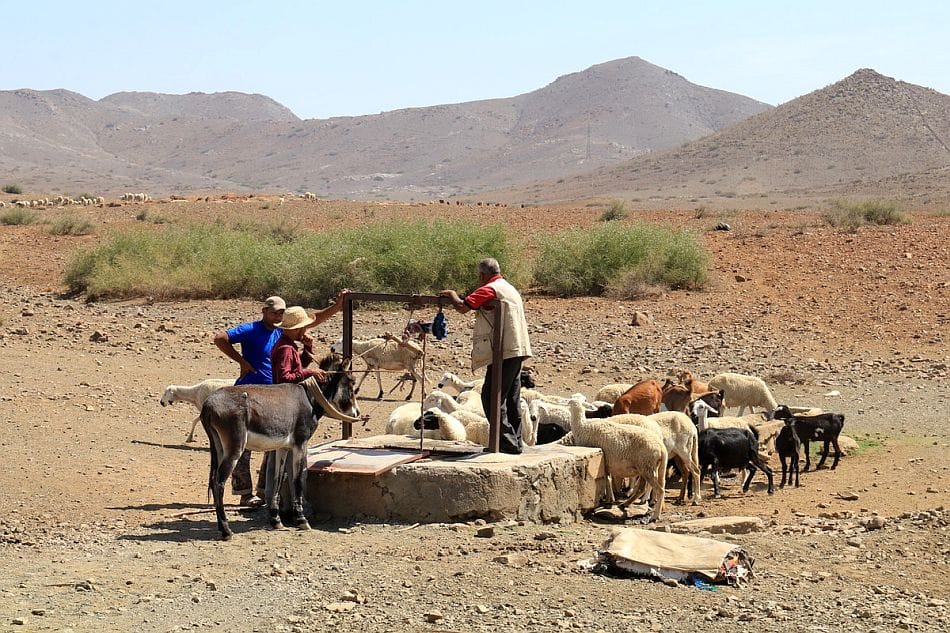
Here and elsewhere, climate change not only induces more intense droughts, but also makes them harder to predict. For decades, scientists have been able to rely on the past as a guide to help them plan for the future, but that is no longer true. Thankfully, however, there are plenty of ways we can use technology to help manage drought.
For example, IWMI’s MENADrought project, funded by USAID, works with policymakers, water managers, and engineers in Jordan, Lebanon, and Morocco to develop the training, data, tools, and planning skills they need to more effectively cope with future water shortages.
At the heart of the MENADrought project is an interactive map that shows satellite data on rainfall, land surface temperature, soil moisture, and vegetation health – all compiled into an enhanced Composite Drought Index (eCDI). The color-coded maps allow decision makers to quickly detect an emerging drought, even before its effects can be seen on the ground. National partners are involved in the entire process, so that they can make use of satellite data locally while at the same time improving drought forecast models for their specific needs.
The models allow decision makers to direct early mitigation efforts to the areas in greatest need, helping stave off some of the more severe impacts of drought. Consequently, MENADrought has shown that proactive, evidence-based drought decision-making can make a real difference, with results that will be valuable far beyond the Middle East and North Africa.
Early warning systems are key
Like the Middle East and North Africa, Afghanistan also suffers from unpredictable water scarcity. In 2018, the worst drought in a decade prompted the Government of Afghanistan to launch its Early Warning, Early Finance, and Early Action Project.
IWMI’s expertise contributed to the development of the Afghanistan Drought Early Warning Support Tool, a robust system for monitoring the weather and other relevant factors in order to be able to predict drought as quickly as possible. IWMI also helped to build institutional capacity in Afghanistan, so that when the models predicted a water shortage, managers and others knew what to do and how to do it.
The tool has been online since 2020, giving weekly updates of rainfall and temperature forecasts for a four-week period. With the forecasts come drought indicators for specific locations, so that steps can be taken to minimize risks.
Together, the Middle East, North Africa, and Afghanistan point the way to improved drought monitoring for other parts of the world struggling with water scarcity. The work is important because proactive drought management is more effective and less expensive than crisis-led responses, and accurate forecasting models at scale are essential to better planning and preparedness.
Working to reduce agriculture’s greenhouse gas emissions
IWMI is also working to mitigate climate change by reducing agriculture’s contributions to greenhouse gas emissions. For example, it is estimated that diesel and electric groundwater pumps are responsible for about 20% of total carbon emissions from agriculture. In response, IWMI’s Solar Irrigation for Agricultural Resilience (SoLAR) project is supporting several South Asian countries to meet their commitments to reduce agricultural emissions.
In addition to reducing greenhouse gas emissions, solar-powered pumps can deliver many benefits. In rural areas, for example, solar-powered pumps are often more reliable than the power grid. They also reduce farmers’ operating costs while generating savings for state or national authorities that might otherwise foot the bill for subsidizing farmers’ energy usage.
At the same time, greater reliance on solar-powered pumps poses a potential risk: If pumping is essentially free, then farmers may leave their pumps running even though the crops don’t need water. To address this, IWMI developed a project called SPaRC (Solar Power as a Remunerative Crop) in Gujarat in India. SPaRC treats solar energy like other kinds of harvest, and farmers sell any surplus energy they generate back to the grid. The pilot study gave farmers additional income and an incentive not to overpump, and after the successful pilot the state government authorities in Gujerat adopted a scaled-up model.
Today, the spread of solar-powered pumps in South Asia and Africa is helping to make irrigation more accessible and better managed. But despite that progress, the benefits stemming from this technology are not necessarily equitably distributed: Only 10% of solar pumps are owned by resource-poor farmers, while less than 5 percent are owned by women. In response, the SoLAR project aims to triple the proportion owned by poor and less privileged farmers, and double the amount owned by women.
During COP26 and beyond, IWMI will continue to advance a wide range of water-focused climate solutions and develop a diverse set technical, policy, and financial tools to support countries not only adapt to climate-induced shifts in water availability and quality, but also mitigate greenhouse gas emissions so that together we can create a more climate-resilient and water-secure world for all.


